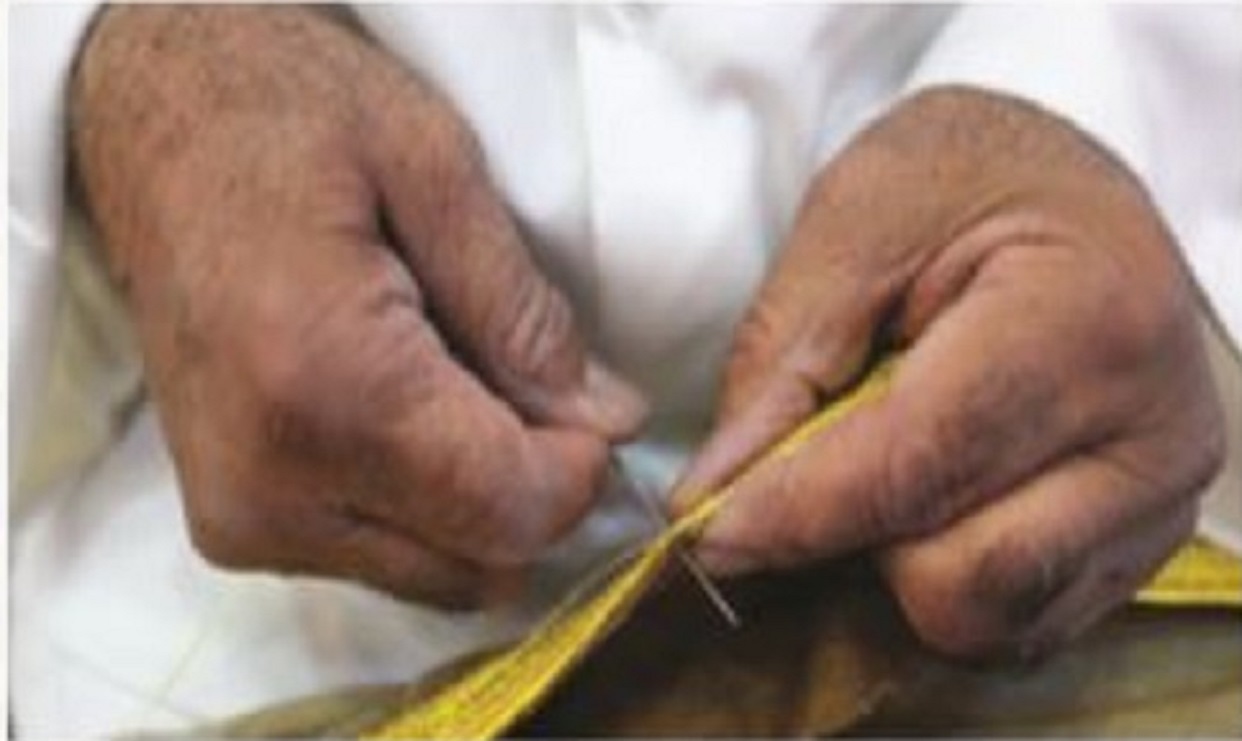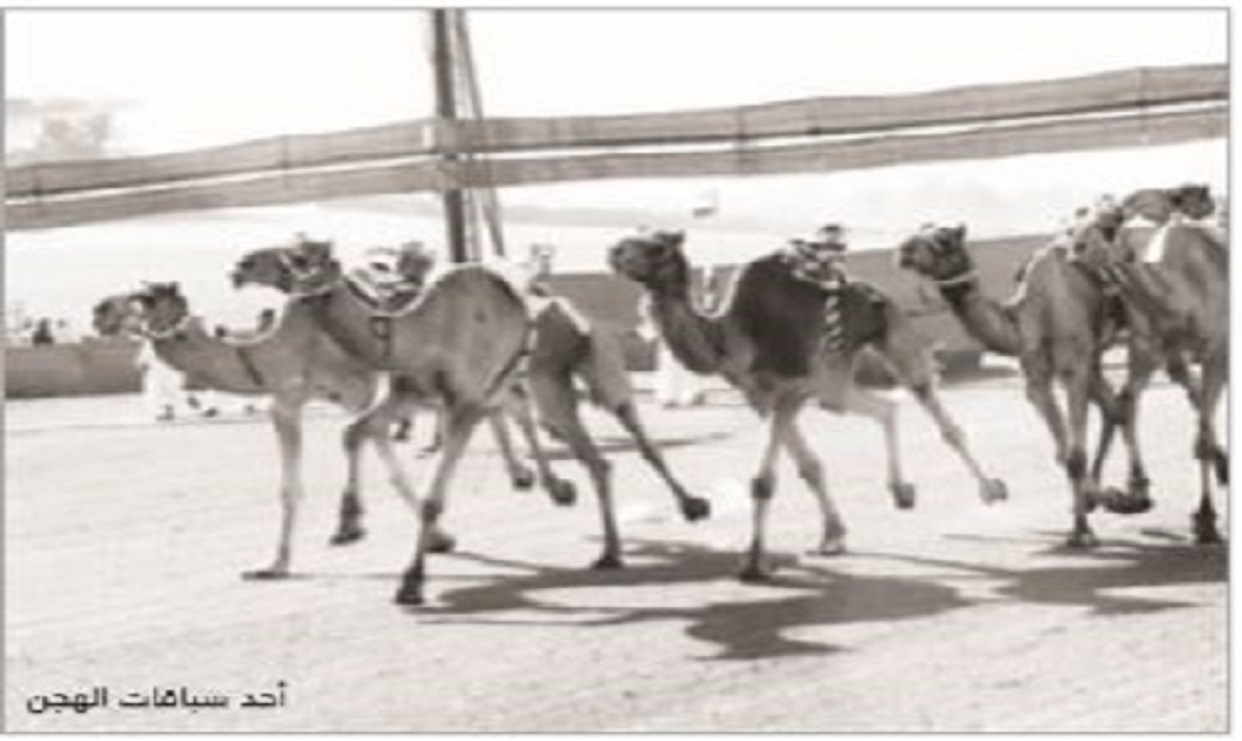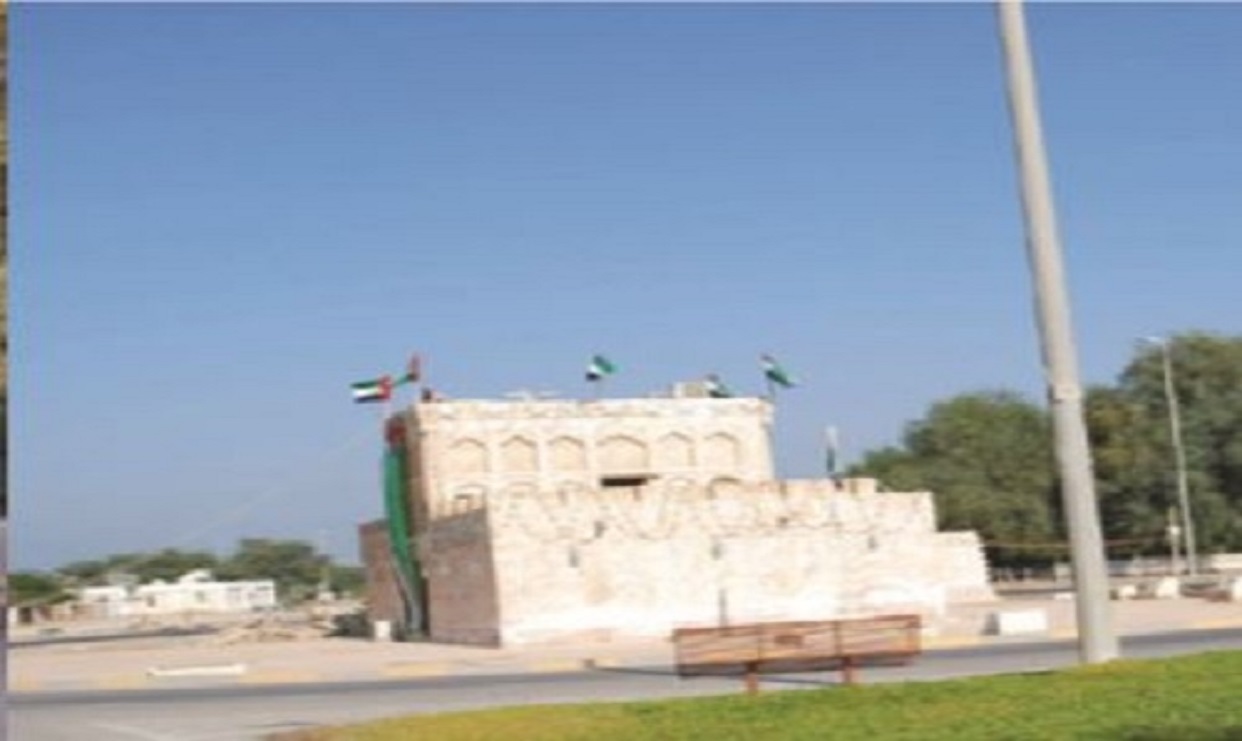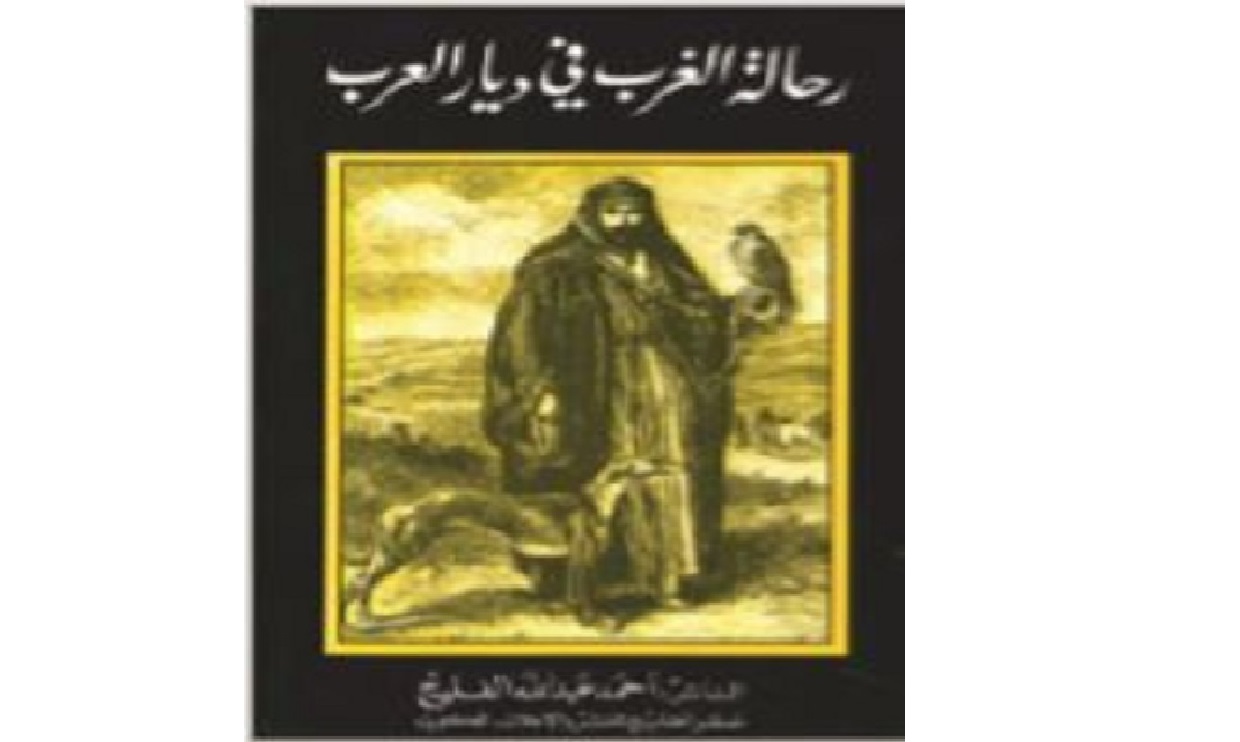2,505 عدد المشاهدات
In every issue of Orbits and Inscriptions, we discuss a local vocabulary that only a few people know about its source and origin. This issue’s vocabulary is Bisht (men cloak). Is it an Arabic word or not? What does it exactly mean? What are its synonyms and meanings in local, Gulf and Arab culture?
In order to answer these questions, we start by mentioning that the Arabs have known the Bisht long time ago and called it Burda and Abaya. Interestingly, there were many accounts that spoke about its origin.
Some of them presumed that the Bisht was incorporated into Arabic form Persian and it meant “back”, as it was worn on the back. But this raise a doubting question: Why would the Arabs borrow this word from the Persian language instead of using the two original Arabic words: Abaya and Burda? Other account claim that the word Bisht is derived from the name of the Pashtun tribes in Afghanistan. Some claimed that the Bisht is attributed to the Pasht region in the south of Nishapur villages in northeastern Iran. Some claims debated that that the Bisht is taken from “Almastak” – long-sleeved vest clothes. Others refused these interpretations saying Bisht is driven from Akkadian Semitic language which means nobility and dignity
Abaya, Burda, Bisht and Mashlah are very old dresses that were not only used by the Arabs but also by many different civilizations. However, the Arabs were famous for wearing them extensively. In those civilizations, kings wore various designs of Bisht using different types of threads, colors and designs. Many ancient paintings of these past civilizations depict the use of the Bisht.
It is strange that some vocabularies resist the factors of social change and continue to exist; their meanings may change yet the essence of the vocabulary remains. Others vocabularies may disappear but remain only in the memories of the past, such as the word Burda which was outdated and was used to mean Abaya. Also, the two words Seih and Qutwania, meaning white Bisht, were replaced by Bisht and Mashlah.
In the past, Abaya was used to mean a garment made of black threads. It came up in the poetry of Maisoon Bint Buhdol, the wife of Muawiyah ibn Abi Sufyan. In these verses, she longs for the life of the Bedouin and expresses her discomfort with urban life:
Wearing Abaya makes me feel comfortable
More than dressing in silky clothes.
This asserts that in those days Bedouin women wore the Abaya as men did, but in a different way.
In his book The Well-Ordered History of Kings and Nations, Ibn al-Jawzi tells that Ibn Abbas said “Gabriel brought Adam a scissor to cut a sheep’s wool. Then, Eve span it and Adam weaved two Abayas: one for him and one for her”. We cannot confirm the validity of this story, but it helps us make sure that Abaya was used by men and women.
In the days before Islam, the Arabs used the word Bisht in a different vocabulary called Paht. Paht was widely used in that era before it was completely obsolete. It was rarely mentioned in Arab poetry or prose. Paht is singular and its plural form is Patut or Pashut. It is very ancient and dates back to the days before Islam; Jahiliyyah. In fact, Paht is a thick dark green loose garment made of lint and wool. Paht is the origin of the word Bisht where the sound “Sh” was added with the lapse of time.
In the days of Islam, the famous poet Rou’ba Ibn Ajaj says:
If people have good Pahts
Then I have a better one
It suits me well
In the hot season and winter
I weaved it from the wool
Of six black sheeps of the desert
To conclude, Bisht is an Arabic word that dates back to the age of Jahiliyyah – the days before Islam. It was called Paht, then it was changed to Bisht with the lapse of time.





